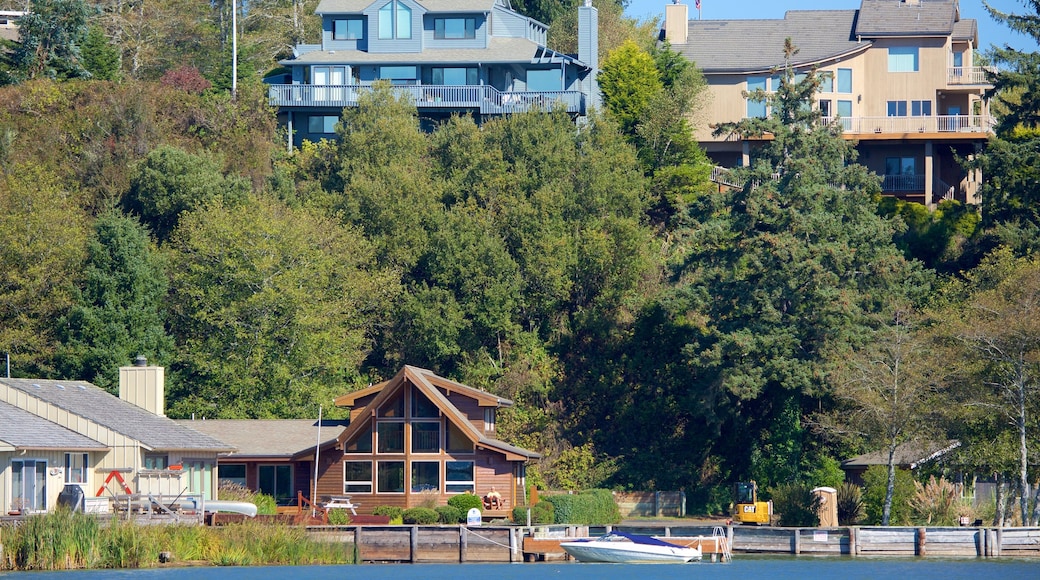Nicknamed the ‘”Prairie Capital City”, Lincoln City is surrounded by wide expanses of plains and corn-covered farmland. Year-round, Nebraska’s state capital offers plenty of cultural and artistic attractions and in the warmer months there are music festivals and live performances.
Originally called Lancaster, the name was changed in 1867 when Nebraska became a State. It was two years after the assassination of Abraham Lincoln, so the city honors this former U.S. president.
Before exploring nature, get a sense of the city’s origins at the popular Haymarket. The former warehouse district is named after the old square where hay wagons were traded. Shop for fresh produce at the Farmers’ Market, held here on Saturday mornings from May to October. In the restored warehouses, visit boutique and antique shops or Nebraska’s first microbrewery.
Art is all around too. Walk to Iron Horse Park, to see the 3D mural depicting the first locomotive crossing the prairie. View the collections of American art at The Sheldon Museum of Art. See photographs and paintings of the region at the Great Plains Art Museum. The International Quilt Study Center and Museum has more than 3,500 quilts. If you are visiting in October, don’t miss Lincoln Calling: A 5-day music festival in with over a hundred performing bands and singers.
Get back to nature with a walk through the prairie grasses, woodlands and wetlands of the Pioneers Park Nature Center. Smell the blooms in the Sunken Gardens at Antelope Park or roam through Wilderness Park, the city’s largest park. The Lincoln Trail System has 131 miles (211 kilometers) of trails for walkers, bikers and horseback riders.
Note that Lincoln City can get rainy and windy from March to May, with possible tornados. It can be hot and humid in July and August, but outdoor pools offer reprieve. From December to February extremely chilly conditions are common. Whatever the weather is, however, this growing city has plenty of open spaces, nightlife and thriving arts to keep you entertained for days.










